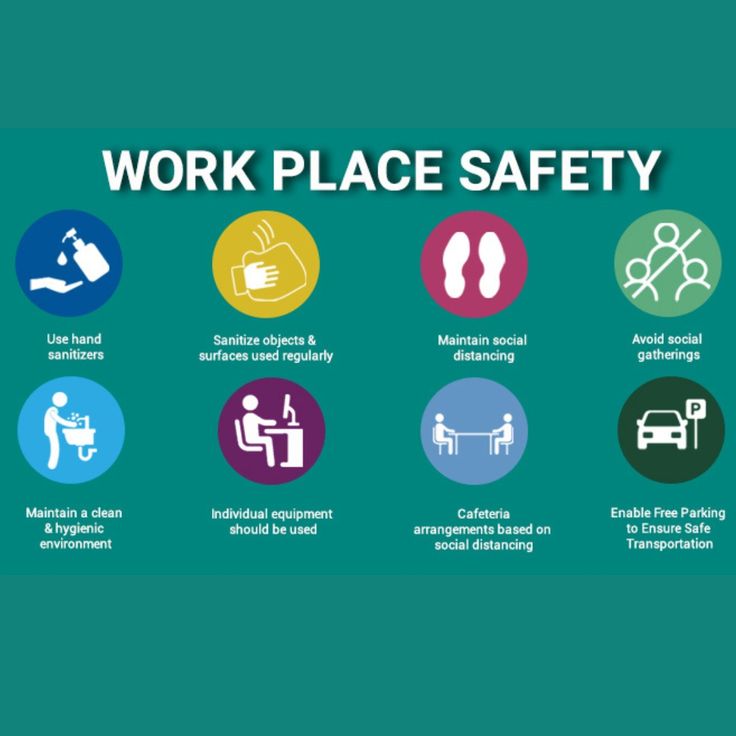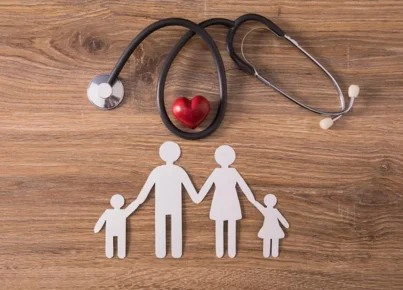Introduction
Work-related learning programs are increasingly popular in schools across the world. These programs, which often take the form of internships, apprenticeships, or volunteer opportunities, allow students to gain valuable hands-on experience as they transition from education into their future careers. However, as with any workplace environment, ensuring the health and safety of students participating in these programs is of paramount importance. In this article, we will outline some of the key considerations that schools need to address when organizing and facilitating work-related learning experiences.
1.Risk Assessment and Management
Before students participate in a work-related learning program, it is crucial that a thorough risk assessment be completed. This process should involve identifying potential hazards within the workplace and evaluating the likelihood and severity of each risk. Following this evaluation, schools should create a customized risk management plan outlining strategies to mitigate these identified risks.
2.Clear Communication with Workplace Partners
In order to facilitate successful work-related learning opportunities, it is essential that communication between schools and workplace partners remains open and transparent. This includes discussing any potential hazards at the workplace and agreeing on shared responsibilities when it comes to ensuring a safe environment for students. Additionally, establishing clear channels of communication for any health or safety concerns throughout the duration of the program is vital.
3.Training and Supervision
To ensure that students have the skills and knowledge necessary to safely participate in work-related learning experiences, schools should implement relevant training sessions prior to participation. This may include basic first aid training, workplace-specific safety training, or even soft skills development such as teamwork or communication. Additionally, ongoing supervision from both school staff and designated workplace supervisors can help to continuously monitor student safety.
4.Emergency Procedures
In the event that a health or safety incident does occur during a work-related learning program, it is critical that well-defined emergency procedures are in place. This may involve having a list of emergency contacts on hand, as well as a solid understanding of the workplace’s existing emergency response measures. Ideally, students should also be aware of the steps to take in the event of an emergency.
5.Continuous Review and Improvement
Finally, in order to continually enhance health and safety outcomes for work-related learning participants, it is important for schools to regularly review their safety management systems. This should involve revisiting risk assessments and updating them as necessary, evaluating the effectiveness of implemented training programs, and identifying opportunities for further improvement in health and safety management.
Conclusion
In conclusion, health and safety should be a top priority when organizing work-related learning experiences for students. By implementing thorough risk assessments and management strategies, fostering open communication with workplace partners, ensuring adequate training and supervision, having clear emergency procedures in place and continuously reviewing these measures, schools can help create safe environments in which students can confidently learn new skills and gain valuable work experience.





